Rail market liberalization
In the 2000s, markets for rail freight and international passenger rail opened up to competition. Now, open access contracts (high-speed and some classic long-distance services) and public service contracts (Trains d'Équilibre du Territoire (TET), TER and Transilien services) are following suit.
A guide to rail market liberalization in France
France’s Law of 27 June 2018 on the New Rail Pact opened passenger rail transport up to competition, introducing market liberalization in different ways for different service types. It covers three segments of the rail transport market, distinguishes between two types of market, and will be phased in according to a set schedule.
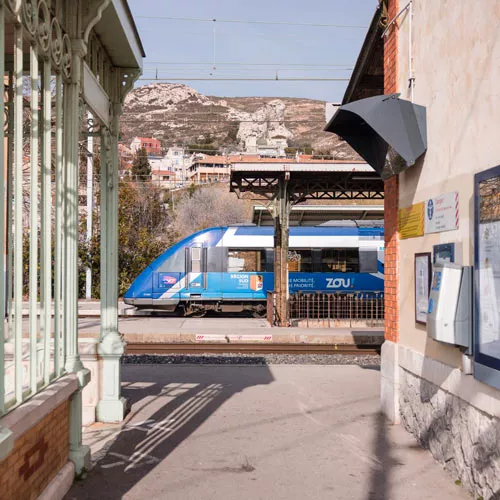
Market segments
- High-speed lines (LGV): long-distance routes connecting major towns and cities across France.
- Trains d’Équilibre du Territoire (TET): short- and medium-distance lines operated by SNCF Voyageurs under the Intercités brand, with the French State acting as the mobility authority.
- Commuter and regional services: Transilien commuter lines in the Paris region, operated by SNCF Voyageurs under contract with the mobility authority, Île-de-France Mobilité and TER regional express trains operated under contracts with regional mobility authorities across France.
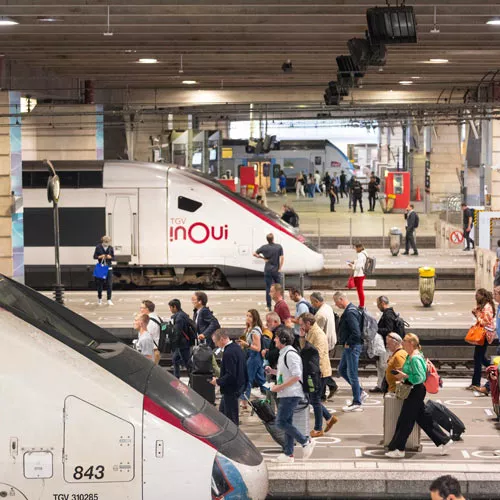
Contracts
- Open access contracts. These apply to high-speed lines and classic long-distance lines that run through multiple regions and may be served by several different operators.
- Public service contracts. Here each transport authority will gradually open its entire network using calls for tender.
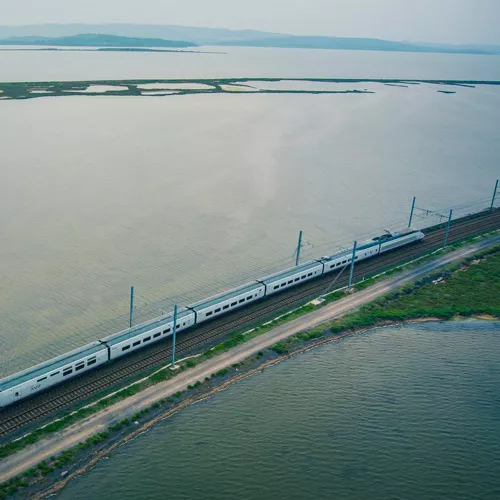
Timeline
- Since December 2019, the French State and regional governments have had the option of putting their TET and TER mobility contracts out to bid.
- Since December 2020, high-speed lines have operated on an open-access basis, except where covered by regional contracts.
- Since December 2023, the French State and regional governments are required to put raili operating contracts out to bid as their existing agreements with SNCF Voyageurs expire. This transition will take place gradually, over a period not exceeding 10 years, ending in 2033.
Special conditions apply in the Paris region, where Transilien commuter service will open to competition progressively through 2039.
New contract opportunities by segment
High-speed lines, TET, TER and Transilien: learn how each segment is opening up to competition.
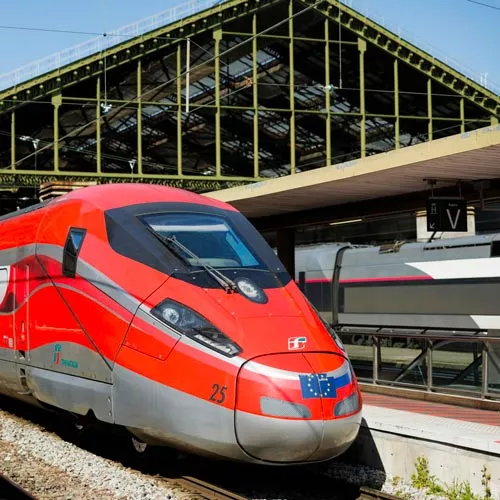
High-speed lines
SNCF Voyageurs has historically operated all of France’s TGV lines. Today, other rail companies are eligible to run services on domestic high-speed routes, particularly the most profitable lines. For example, Trenitalia now operates trains on the Paris-Lyon-Marseille route, while Renfe offers service between Marseille, Barcelona and Madrid.

Trains d’Équilibre du Territoire (TET)
These lines are currently operated by SNCF Voyageurs under the Intercités brand through a contract with the national mobility authority, the French State. In January 2025, the State decided to renew its contract with SNCF Voyageurs for the first regional lines opened to competition: Nantes-Lyon and Nantes-Bordeaux.
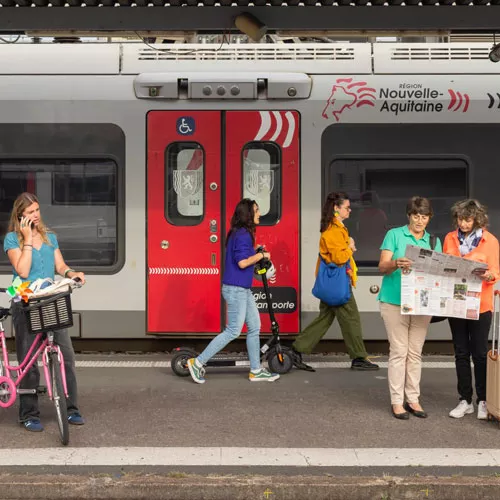
Regional express trains
As the mobility authorities for TER trains, regional governments are required to open these lines to competitive bidding no later than 1 January 2034. Several regions have already launched calls for tender. To prepare, SNCF Voyageurs has created dedicated subsidiaries to operate TER services in each market it wins.

Transilien lines
The Transilien Line L was the first in the Paris region to be opened to competitive bidding. Our subsidiary, SNCF Voyageurs Cœur Ouest IDF, was awarded the contract in May 2025. On 17 October 2025, Île-de-France Mobilités set the timeline for opening the rest of the region’s rail lines to competition, a process that will take place gradually from mid-2026 through the end of 2039.
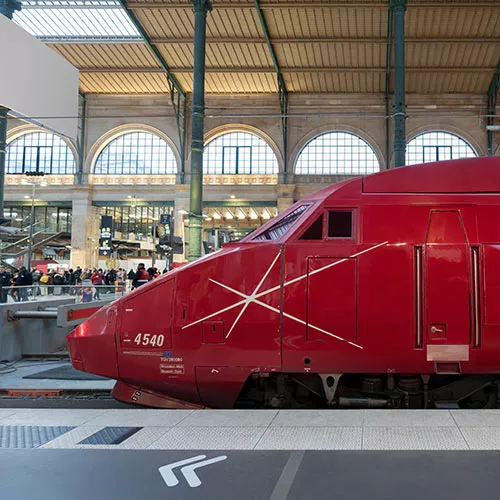
A European leader
Through our SNCF Voyageurs subsidiary, SNCF Group already has a 43% share of the European high-speed rail market. We’re putting our unrivalled rail expertise to work across the continent, from the UK, Belgium, the Netherlands and Germany with Eurostar Group (majority owned by SNCF), to our low-coast high-speed routes in Spain, OUIGO España; the TGV Lyria lines we operate between France and Switzerland; and SNCF Voyages Italia.

What’s new for passengers
With passenger rail now open to competition, new operators can run trains on lines that were once reserved for national carriers. For example, Trenitalia operates Frecciarossa trains on the Paris-Lyon line, while the Franco-German group Transdev serves TER customers on the Marseille-Nice route.
The same is true in other European countries: trains operated by our Keolis subsidiary, specialized in shared mobility, now serve passengers at railway stations in the United Kingdom.
Countdown to competition in 10 key dates

Share the article